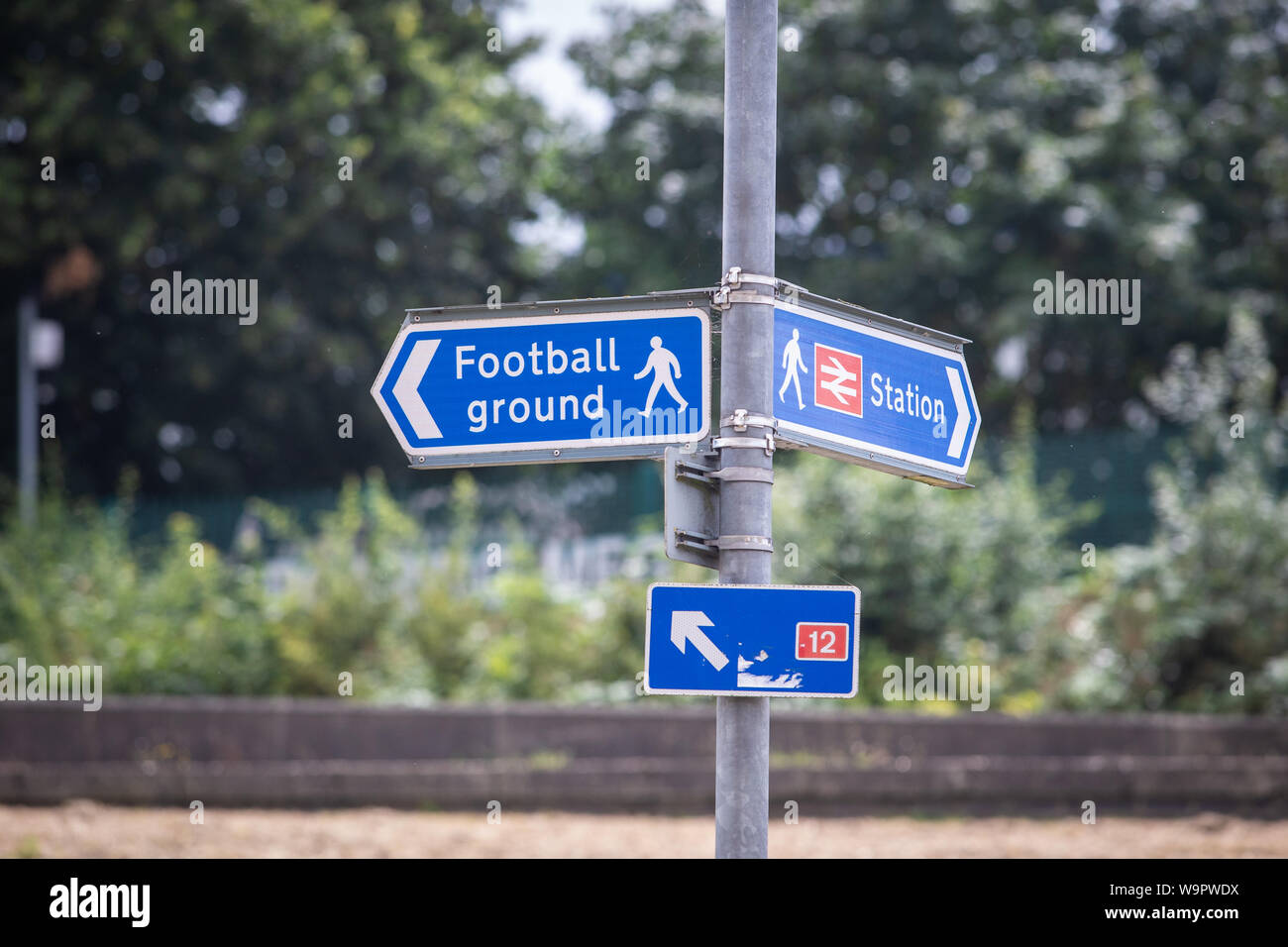


Consequences of individuals’ fit at work: A meta-analysis of person-job, person-organization, person-group, and person-supervisor fit. Journal of Applied Psychology, 87, 875–884 Kristof-Brown, A. The convergent and discriminant validity of subjective fit perceptions. Journal of Applied Psychology, 93, 702–710 Cable, D. Personality and organizational culture as determinants of influence. When people fit into their organization, they tend to be more satisfied with their jobs, more committed to their companies, are more influential in their company, and remain longer in their company. Similarly, this proactive and creative person may be a great fit for a field-based job such as marketing manager but a poor fit for an office job highly dependent on rules such as accountant. (Human resources professionals often use the abbreviation KSAO to refer to these four categories of attributes.) Thus, someone who is proactive and creative may be a great fit for a company in the high-tech sector that would benefit from risk-taking individuals but may be a poor fit for a company that puts a high priority on routine and predictable behavior, such as a nuclear power plant. is the degree to which a person’s knowledge, skills, abilities, and other characteristics match the job demands. Person-job fit The degree to which a person’s skill, knowledge, abilities, and other characteristics match the job demands. refers to the degree to which a person’s personality, values, goals, and other characteristics match those of the organization. Person-organization fit The degree to which a person’s values, personality, goals, and other characteristics match those of the organization. When companies hire employees, they are interested in assessing at least two types of fit. Journal of Vocational Behavior, 63, 473–489. A meta-analysis of relations between person-organization fit and work attitudes.

Personnel Psychology, 58, 281–342 Verquer, M. When our abilities match job demands, and when our values match company values, we tend to be more satisfied with our job and more committed to the company we work for. Therefore, person-job fit and person-organization fit are positively related to job satisfaction and commitment. The fit between what we bring to our work environment and the environmental demands influences not only our behavior but also our work attitudes. Similarly, the behavior you may expect from someone who is proactive, creative, and willing to take risks will depend on the situation. Would a shy person speak up in class? While a shy person may not feel like speaking if he or she is very interested in the subject, knows the answers to the questions, feels comfortable within the classroom environment, and knows that class participation is 30% of the course grade, this person may speak up in class regardless of his or her shyness. According to the interactionist perspective, behavior is a function of the person and the situation interacting with each other. While human beings bring their traits to work, every organization is also different, and every job is different. The questions we pose here are misleading. Would this person be a good job candidate? What behaviors would you expect this person to demonstrate? Imagine that you are interviewing an employee who is proactive, creative, and willing to take risks.

Understand the relationship between person-organization fit and work behaviors.Īs we have seen in the earlier sections of this chapter, human beings bring in their personality, values, attitudes, perceptions, and other stable traits to work.Understand the relationship between person-job fit and work behaviors.Differentiate between person-organization and person-job fit.


 0 kommentar(er)
0 kommentar(er)
